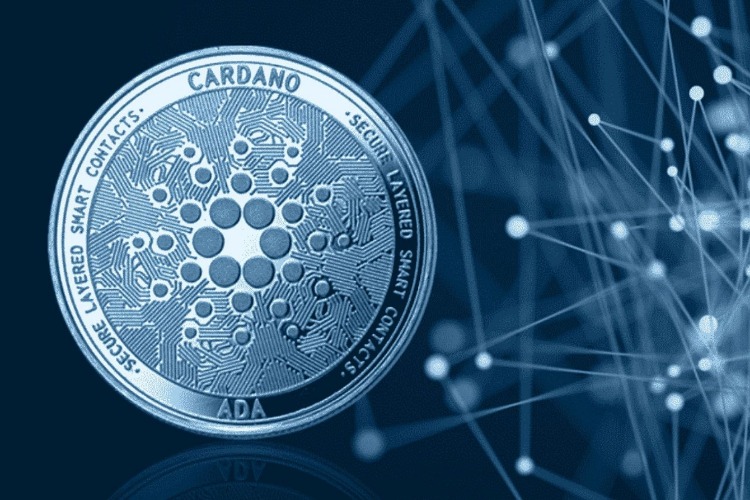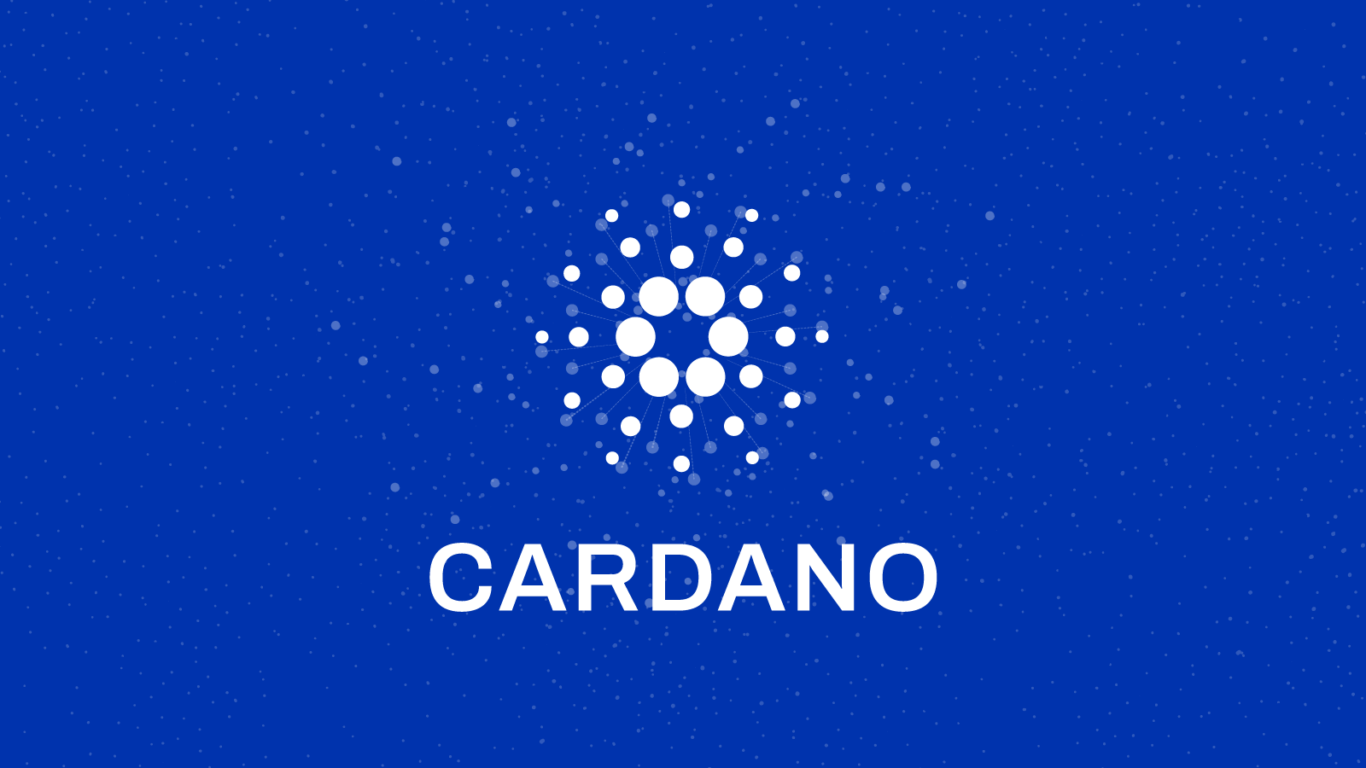Cardano is a third-generation decentralized proof-of-stake (PoS) blockchain platform that aims to outperform proof-of-work (PoW) networks. The infrastructure load of rising expenses, energy utilization, and lengthy transaction times limits scalability, interoperability, and sustainability for PoW networks like Ethereum.
The Ouroboros consensus protocol is used by the Cardano platform. Cardano’s Ouroboros protocol was the first PoS system that was not only secure, but was also the first that sophisticated academic study informed. The research-based framework anchors each development phase, or era, in the Cardano roadmap, incorporating peer-reviewed insights with evidence-based methods to make progress toward and achieve milestones related to the future directions of the blockchain network and the ada token’s use applications.
As of June 20, 2021, 71.59 percent of Cardano’s cryptocurrency ASA is in 2,626 active pools worth $31.4 billion.
- This is a blockchain platform that aims to be a decentralized application (DApp) development platform with a multi-asset ledger and verifiable smart contracts.
- Cardano buils in five stages: foundation, decentralization, smart contracts, scaling, and governance.
- Cardano runs on the proof-of-stake Ouroboros consensus protocol and developments are informed by scholarly academic research.
- The primary cryptocurrency of Cardano “ada.”
- Cardano oversight is decentralized and shared by The Cardano Foundation, IOHK, and EMURGO.
About Cardano
Cardano started in 2015 by Charles Hoskinson, a co-founder of Ethereum, and it introduced in 2017. Cardano has positioned itself as a cryptocurrency that can be Ethereum. Both platforms are for comparable applications, such as smart contracts. They have the same goal of creating a decentralized and connected system. Cardano sees itself as a more advanced version of Ethereum, claiming third-generation credentials above Ethereum’s second-generation credentials. The blockchain platform also aims to provide banking services to the unbanked around the world.
Identity management and traceability are two of Cardano’s key applications. The former can streamline and simplify operations that involve data collection from numerous sources. The latter use can trace and audit a product’s manufacturing processes from start to end, potentially eliminating the counterfeit products market.
Cardano’s partners, The Cardano Foundation, IOHK, and EMURGO, share responsibility for the evolution of the Cardano protocol ecosystem.The Cardano Foundation, a non-profit corporation, is the legal custodian of the Cardano brand and is responsible for its primary governance and control. The foundation raises the protocol’s awareness on a worldwide scale, develops use-case opportunities, and establishes connections with legislators, regulators, and academia.
Cardano is a software engineering and technology business with a research department focused to boosting blockchain education. IOHK collaborates closely with academic partners to not only enhance its educational goal, but also to improve the Cardano protocol’s long-term scalability by informing platform updates with the most recent peer-reviewed scientific research prior to deployment. EMURGO is the global technology partner in charge of commercializing the Cardano protocol by integrating enterprises from many industries into their blockchain system.

Cardano Development Phases
Cardano develops in five stages to achieve its objective of being a decentralized application development platform with a multi-asset ledger and verified smart contracts. Each of the five phases is as an era. The five eras, or phases, are as follows:
- Foundation (Byron era)
- Decentralization (Shelley era)
- Smart Contracts (Goguen era)
- Scaling (Basho era)
- Governance (Voltaire era)
Examples Using Cardano
Atala PRISM, Atala SCAN, and Atala Trace are three products developed by the Cardano team. The initial product is as an identity management solution that may grant service access. It can verify credentials for opening a bank account or qualifying for government assistance. The other two items track the progress of a product through a supply chain.
Cardano is also working on a smart contract architecture that will serve as a reliable and secure foundation for enterprise-level decentralized apps. Cardano’s team wants to employ Project Catalyst, a democratic on-chain governance framework, to manage project development and execution in the near future. They’ll also use Project Catalyst to overhaul its treasury management system in order to cover future charges.
Cardano Requirements
The algorithm used to build blocks and validate transactions is at the heart of any blockchain network. Cardano mines blocks with Ouroboros, an algorithm that employs the proof-of-stake (PoS) protocol. The protocol uses as little energy as possible during the block generation process. It accomplishes this by obviating the requirement for hash power, or huge computational resources. They are essential to the operation of Bitcoin’s proof-of-work (PoW) algorithm.
Staking determines a node’s ability to construct blocks in Cardano’s PoS system. The stake of a node is equivalent to the amount of ada, Cardano’s cryptocurrency, it holds over time.
How Ouroboros Works
Ouroboros functions in the following way on a wide level. It divides physical time into epochs, which have intervals of time called slots. Working shifts in a factory are similar to slots. An epoch currently lasts five days, and a slot lasts one second. Epochs work in a circular pattern, with one ending and the next beginning.
A “lottery” mechanism selects a slot leader for each slot. The larger the investment, the better the chances of winning the lottery in this system. The following are the responsibilities of slot leaders:
- Validating transactions
- Creating transaction blocks
- Adding newly-created blocks to the Cardano blockchain
A limited number of ada holders must be online and maintain adequate network connectivity for Ouroboros to work. The algorithm incorporates the concept of stake pools to further reduce energy consumption. Ada users can form stake pools and elect a few people to represent them during protocol execution, making it simple to participate and assuring that blocks are created even if some of them are offline.

Mining Considerations
A stake pool is a dependable server node that dedicated to running the protocol on behalf of the contributing ada holders 24/7. Stake pools are responsible for processing transactions and producing new blocks. And they hold the combined stakes of various stakeholders in a single entity.
The economic incentives for miners to participate in the network and construct blocks in a Proof-of-Work (PoW) system include cryptocurrency rewards and transaction fees. Ouroboros accumulates and distributes rewards from an epoch among stake pools and stakeholders. Each gets awarded according to the percentage of their stake that donated during the period, with a bigger stake receiving more benefits.
Click here to read more useful and interesting articles.


